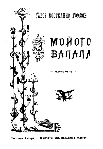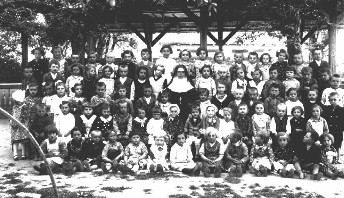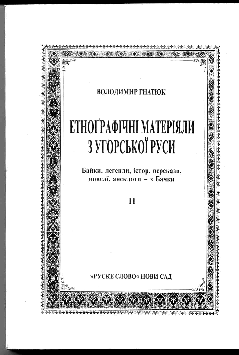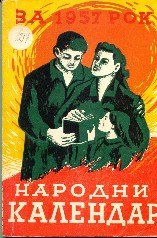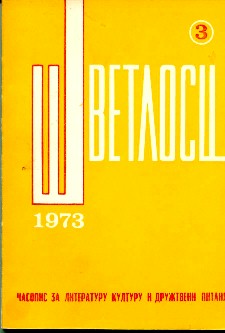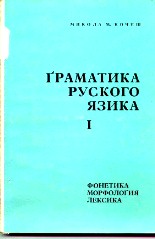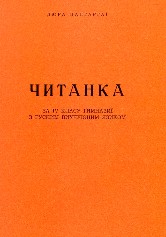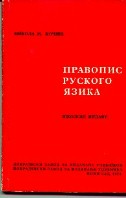When one mentions the name Rusyn, the countries with which it would be associated (at least in the United States) would be Poland, Slovakia and western Ukraine. Yet the Rusyns who emigrated from the former Austro-Hungarian counties of Zemplyn, Ung, and Borshod to what is now eastern Croatia and northern Yugoslavia are almost unknown among the Rusyn community in the United States. This article is an attempt to demonstrate how this group of Rusyns succeeded in preserving their culture on a scale which far surpassed that of Rusyn groups in Europe or the United States.
The first wave of Rusyns moved to Backa (Vojvodina) and founded the village of Ruski Kerestur in 1745. Within eight years, they had established a Rusyn school and church. In 1763 a second group founded the village of Kocur and within two years had a school in operation. The Eparchy of Krizevci was created in 1777 to take care of the increasing number of Rusyns moving into the area.
In 1834, the craftsman of Ruski Kerestur created their own guild. A tradition of a good education was strong among these Rusyns. As a result, they opened a library in the village in 1876 as well as a savings cooperative. Kocur followed with its first library in 1879. Realizing that education was just as important for the younger generation, the people in Ruski Kerestur built a kindergarten in 1896. A new and larger school consisting of two floors was built in 1905 followed by a second building constructed near the church in 1913.
Intelligentsia in Ruski Kerestur at the end of XIX century - priests, teachers and clerks
